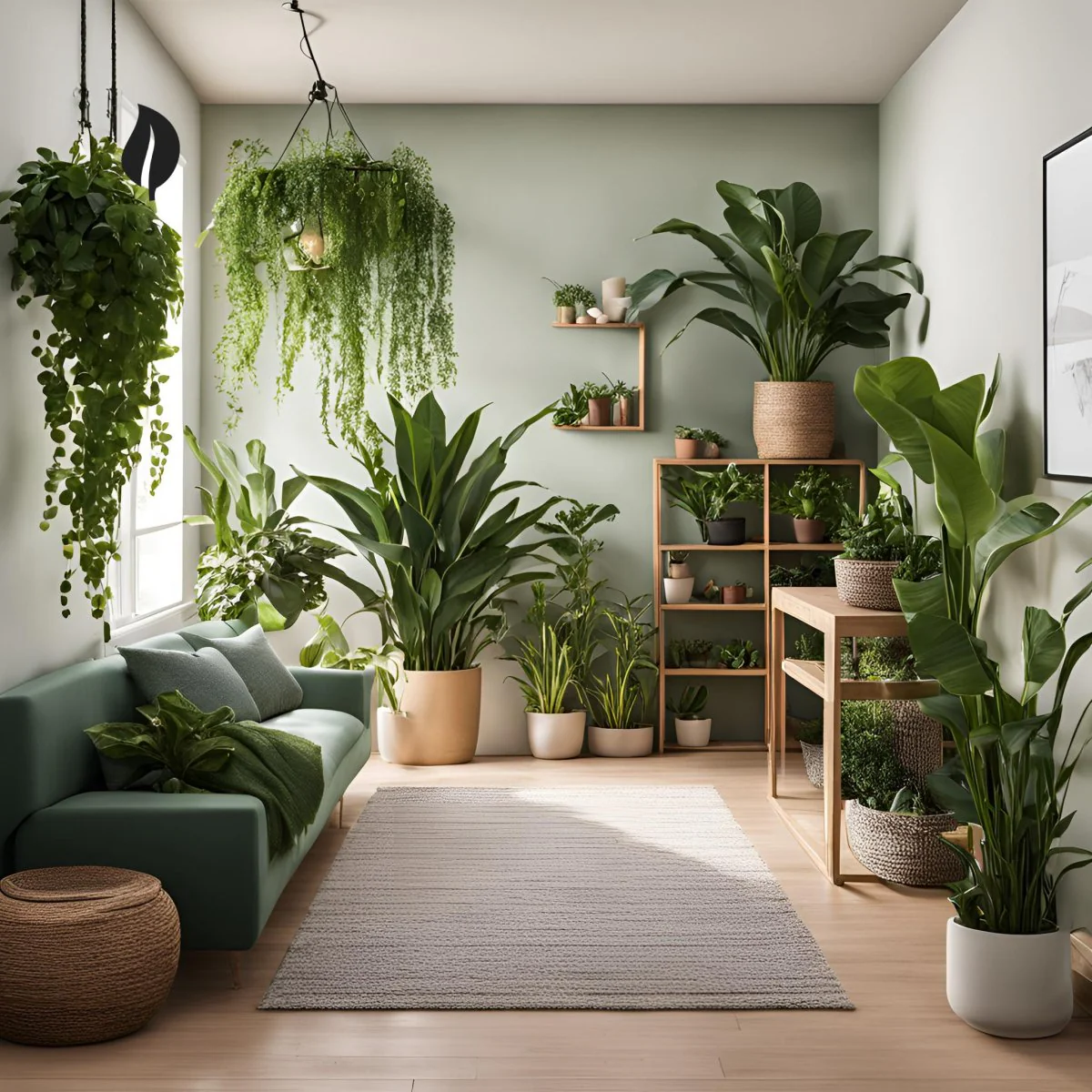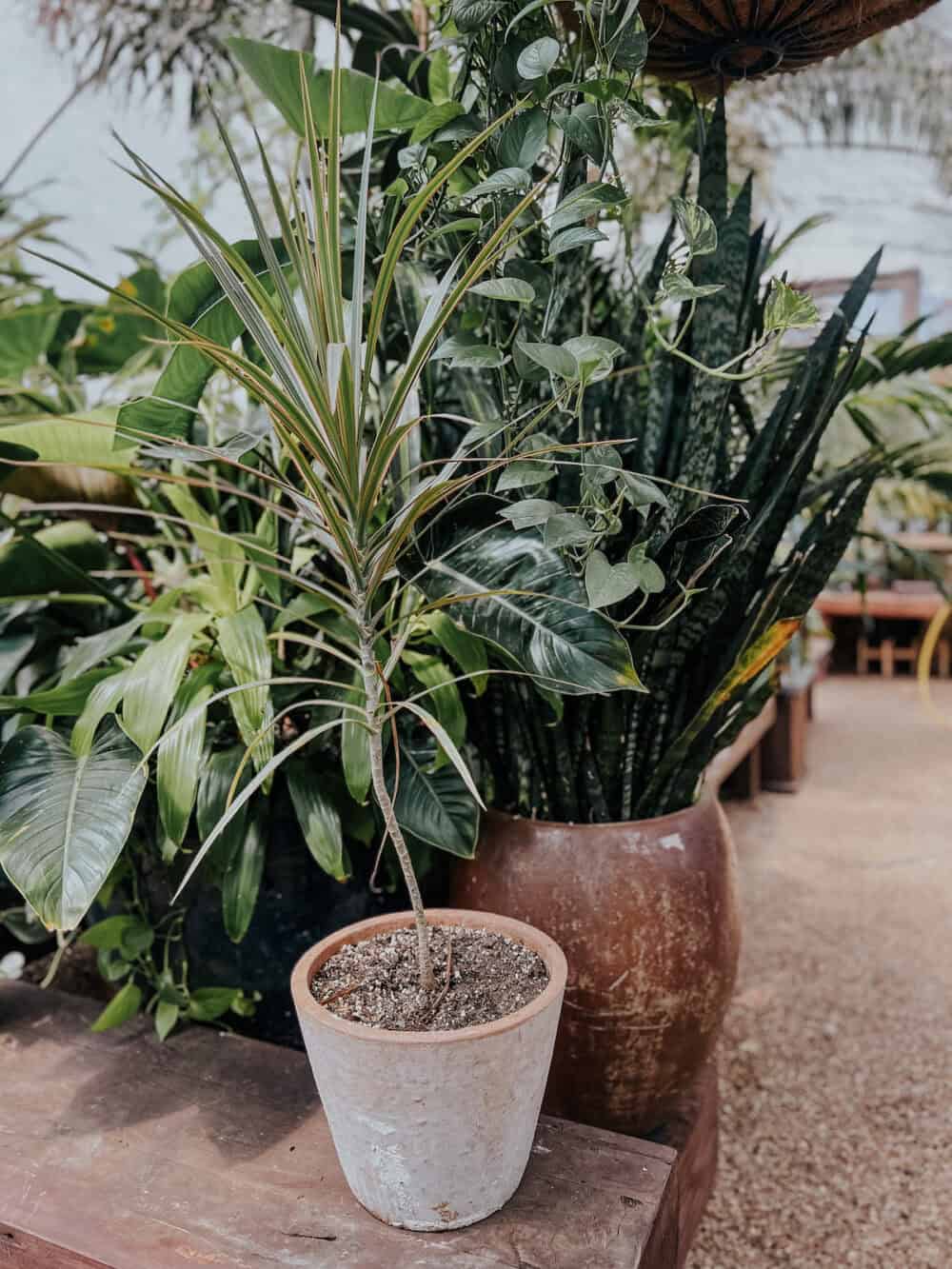The Best Low-Light Indoor Plants for Beginners and Busy Plant Owners
The Best Low-Light Indoor Plants for Beginners and Busy Plant Owners
Blog Article
Discover the Distinct Benefits of Low-Light Indoor Plants for Your Living Area
Incorporating low-light interior plants right into your space supplies a multitude of advantages that expand much beyond plain aesthetic appeals. These hardy plants not just thrive in atmospheres with minimal sunlight however likewise serve critical features such as air filtration and humidity improvement. Additionally, they can favorably influence your mood and overall wellness while requiring very little upkeep. As you take into consideration the transformative possibility of these plants, it becomes important to discover how their one-of-a-kind features can tailor your environment to much better offer your way of life. What particular benefits might reverberate most with your individual area?
Air Purification Advantages
Low-light interior plants not only improve the aesthetic appeal of living spaces yet additionally play a substantial duty in air purification. Study has actually shown that certain plant varieties can effectively eliminate typical indoor contaminants, including formaldehyde, benzene, and trichloroethylene. These substances frequently originate from family products such as furniture, cleaning products, and building products, adding to interior air top quality issues.
Plants such as the snake plant, pothos, and tranquility lily are especially skilled at filtering system damaging substances from the air while prospering in low-light conditions. The procedure of phytoremediation, wherein plants take in and metabolize toxins, enables these varieties to contribute considerably to a much healthier indoor atmosphere. Furthermore, with photosynthesis, plants launch oxygen, additionally improving air top quality.
Including low-light indoor plants right into office or home rooms not just offers visual advantages but also works as a functional approach for enhancing air quality. By selecting the ideal species, people can create a setting that advertises well-being and minimizes direct exposure to damaging contaminants, making these plants an essential element in modern-day interior living.

Mood Enhancement Results
Many researches have actually revealed that integrating indoor plants can dramatically improve state of mind and general emotional wellness. The visibility of greenery in indoor atmospheres has been connected to decreased anxiety levels, enhanced sensations of peace, and improved psychological health. Low-light interior plants, specifically, prosper in settings where all-natural light is restricted, making them excellent for different living areas.
Research study suggests that interacting with plants can stimulate the release of serotonin, a neurotransmitter associated with sensations of happiness and well-being. Additionally, the act of looking after plants cultivates a sense of responsibility and success, more adding to favorable psychological health and wellness results. Additionally, low-light plants such as snake plants, pothos, and peace lilies have actually been revealed to boost air quality, which is inherently linked to mood enhancement.
Including these plants right into your home or workplace can produce a peaceful ambience, providing a sensory and aesthetic getaway from the stress of life - Best low-light indoor plants. As individuals spend enhancing quantities of time inside your home, the mood-enhancing effects of low-light indoor plants come to be much more important, giving not only visual charm but also a profound effect on psychological well-being
Low Maintenance Demands
For those looking for to improve their interior spaces without a substantial time dedication, low-light interior plants are a perfect selection because of their reduced upkeep requirements. These resistant plants flourish in less-than-ideal lighting problems, making them best for homes and workplaces where all-natural sunlight is restricted.

Pest resistance is another benefit of low-light indoor plants. Numerous varieties are less susceptible to usual bugs, reducing the requirement for constant monitoring and treatment. These plants usually grow more gradually than their high-light counterparts, suggesting much less constant repotting and pruning are needed.
Aesthetic Appeal and Versatility

In addition, these plants can be organized in myriad ways, whether in teams for a rich effect or as standalone functions to attract the eye. The selections of planter designs-- from streamlined ceramic pots to rustic wooden containers-- even more boost their visual value, allowing home owners to reveal their individual design.
Additionally, low-light plants can be purposefully positioned in locations that might or else really feel overlooked, such as corners or poorly lit shelves, consequently maximizing their ornamental potential. Ultimately, the combination of their striking appearance and convenience makes low-light interior plants a beneficial enhancement to any type of space, developing an inviting ambience that promotes well-being and leisure.
Enhanced Humidity Levels
Enhancing interior moisture levels is one of the significant advantages of integrating low-light interior plants into living spaces. These plants naturally launch moisture vapor via a procedure understood as transpiration, which happens when water taken in by the roots moves via the plant and vaporizes from the leaves. This process not only raises humidity but also adds to a much healthier indoor environment.
Enhanced moisture levels can minimize different wellness concerns, such as completely dry skin, respiratory problems, and allergies. Numerous individuals experience discomfort in dry indoor problems, specifically during winter season when furnace are in usage. By strategically positioning low-light plants throughout your home, you can create a much more well balanced humidity level that fosters total wellness.
Furthermore, particular low-light indoor plants, like peace lilies and spider plants, are especially reliable at increasing humidity. Their capability to grow in low-light atmospheres makes them excellent for different spaces, from offices to rooms. In addition to improving moisture, these plants can also enhance air quality by removing common indoor toxins, making them a beneficial addition to any space. Thus, low-light indoor plants offer both aesthetic and useful purposes, advertising a much healthier environment.
Conclusion
In recap, low-light indoor plants use countless advantages that add to a healthier and more inviting living room. Incorporating these resistant plants right into interior settings not just raises the ambiance but also advertises overall well-being, developing a serene haven for homeowners.
Plants such as the snake plant, pothos, and tranquility lily are view it now especially experienced at filtering hazardous substances from the air while growing in low-light conditions. Low-light plants such as snake plants, pothos, and tranquility lilies have actually been shown to boost air top quality, which is inherently connected to mood improvement.
Low-light interior plants, such as snake plants, pothos, and ZZ plants, not just boost the aesthetic landscape of a space however also introduce various structures and shades of eco-friendly that can match diverse indoor styles. These plants normally launch dampness vapor via a process recognized as transpiration, which occurs when water taken in by the origins relocates with the plant and evaporates from the fallen leaves.Moreover, specific low-light interior plants, like peace lilies and crawler plants, are particularly efficient at raising humidity.
Report this page